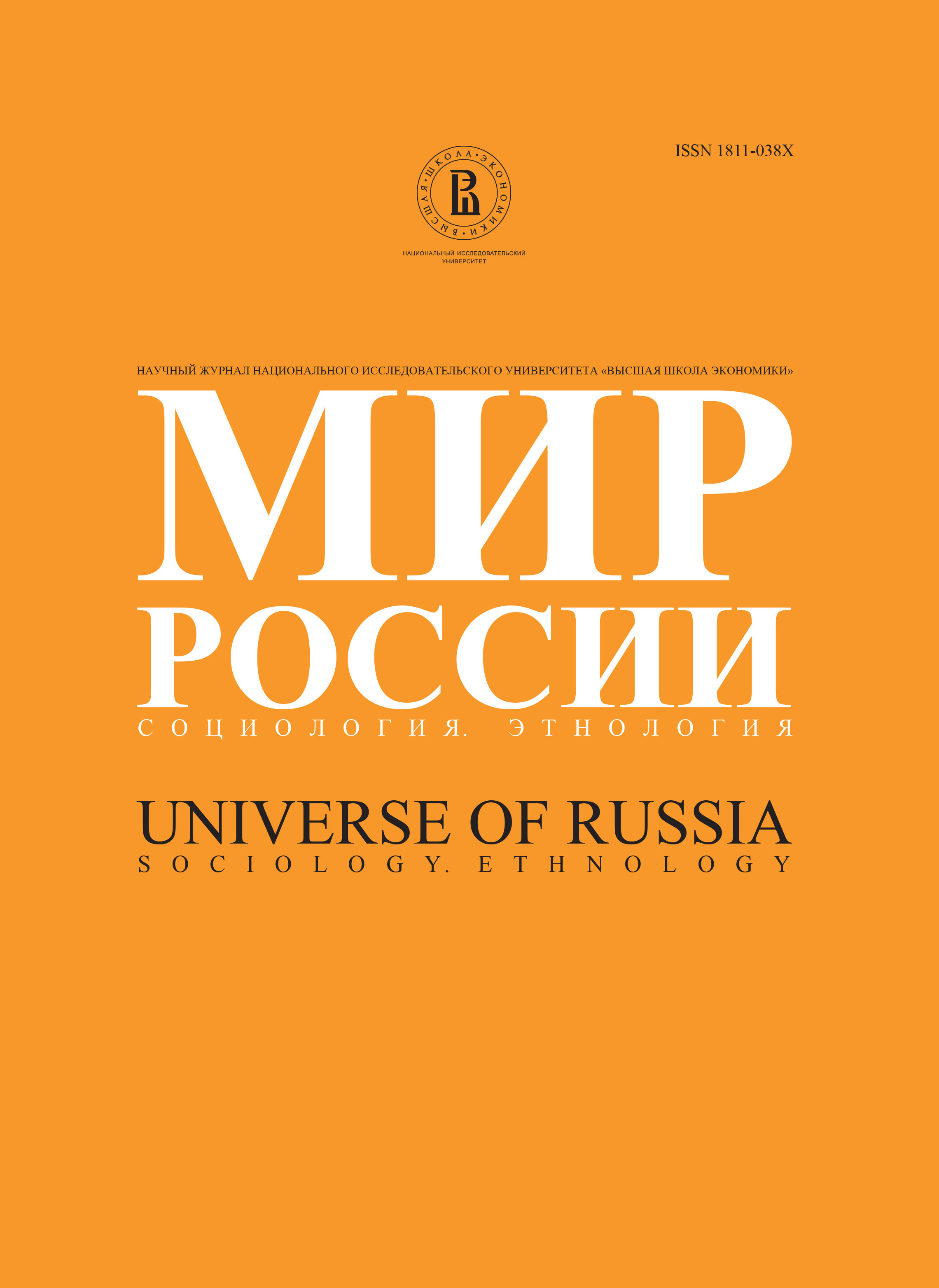Rural Russia in a demographical study
Abstract
During many decades the dynamics of rural population in Russia were determined by intensive urbanization. However recently (between censuses) the migration to cities has recessed and became a factor of little significance to the reduction of rural population. At the same time since 1992 a new factor for the reduction of rural population emerged – natural loss. It was though countered by another factor – administrative and territorial reforms. These reforms were mostly formal but they caused the reduction of rural population to slow down.The number of poorly populated villages in country is increasing. It is the result of naturally decreasing rural population and its on-going concentration in larger settlements. It is obvious for now that such trend will not change in future.
The changes in rural age structure between 1989 and 2002 were in many respects favorable owing to the particularities of the age pyramid in Russia. The number of women in reproductive age grew recently in spite of various social instabilities, and now it is as big as never before. Besides, in the whole post-war period there hasn’t been such a big proportion of people in the working age in Russian rural population as it is now. The demographical load in the rural population has decreased.
The long-term tendency for the moving rural concentration from Central areas to the South and Southeast is maintained. In the first half of the past century one third of the rural population inhabited territories of the modern Central federal district. Now it is less than one fifth. In that same time the rural population of modern Southern federal territories more than doubled.
Rural fertility will keep on reducing in long run. The mortality is more likely to stagnate or even show some growth, especially among men, due to unfavorable changes in expected life interval. The negative balance of births and deaths determines the tendency for further reduction of rural population. The migration will obviously function in this same direction. The process of redistribution of population from villages to cities will continue during the following 20 years. In the following 20 years Russian rural population will be ageing and this process will be more intensive than in the cities. The proportion of the population in working age will be decreasing significantly while the part of the too young or too old to work will increase. In case of fertility growth the proportion of children will increase. But such rejuvenation will be countered by expected in the number of women in reproductive age.
A difficult future awaits Russian population as a whole but especially sharp looks the problem of the future of its rural population. In spite of a notably higher level of fertility in comparison with urban population, demographical prospects for the rural population promise much less. Even a moderate migration to the cities will cause the rural population to lose most of its young population, i.e. its demographical future.






